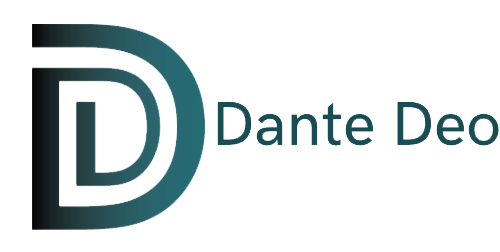Contracts that procurement and supply chain put into place more often than not are focused on the goals of the salesperson, rather than the goals of the business. This means that their focus is much more on selling a product, and telling the client what they want to hear, rather than necessarily focusing on the capabilities that the client’s business needs.
This is exacerbated by the fact that products often do not meet all the requirements. This is why it is necessary that organisations use a weighted index that ensures the most important business needs receive the highest score, and they should choose the product they implement, based on such measurements.
According to Leon Steyn, CEO of Dante Deo, when most organisations seek a new product, they have a wishlist of requirements they want it to meet. Ultimately, they end up choosing a solution that can meet the majority of these requirements, and then ask the vendor to customise the product to better align with their business processes. However, often the problem lies not in the product itself, but in the business processes.
“To solve this problem, due diligence needs to happen as a critical part of the implementation process. This must begin even before the RFP is published. Due diligence begins when the need for the product is established in the business, with the organisation drawing up a graph of four quadrants, illustrating the critical needs that must be matched, all the way to what is non-critical. The other axes should plot what is important, through to what is unimportant. Once the client has plotted their requirements onto this graph, they can give each one a scale or weighting,” he says.
“Once you know what is critical, you know what requirements are non-negotiable for the solution. You can then look at what is critical, but less important, and then the areas that are not business-critical, but remain important, and can undertake an RFP with a clear image of what is required of the product being sourced.”
Essentially, notes Steyn, with such an approach, the business can move away from merely having a wishlist of things it wants the product to achieve, and instead actually have an accurate list of what the organisation’s real needs are.
“Furthermore, once a product is decided on, the implementation team needs a clear picture of what the road ahead will look like. You could say implementing a software solution is a bit like running the 100m hurdles – the business may have a wonderful image of what the end of the race looks like, with the cheering crowds and the medals, but in reality, they haven’t given a single thought to the actual hurdles that have to be overcome first.
“So the implementation team needs to understand the potential hurdles the company will face, and how to get past these effectively. An effective implementation roadmap will help the team to understand the functional needs and how they must progress to achieve these. With a clear grasp of how to overcome the hurdles, it will be much easier to win the glory at the end of the race.”
He notes that Dante Deo usually finds that which responsibilities belong to which parties during the implementation is something that is often not clearly distinguished in the contract. This is where a skilled contract negotiator is required, to ensure that the requisite roles and responsibilities are clearly defined, so the client is able to work with the vendor to build up its internal skills as the implementation progresses.
“We insist that knowledge and skills transfer is built into the contract, because if this is not done, the likelihood of problematic issues arising further down the line becomes highly probable,” he adds.
“In our own experience, the implementation contract must be looked at holistically, which means it must be viewed as a complete life cycle; the client and vendor must identify the potential hurdles rather than only focusing on the end game; and they must determine exactly what is truly important to the organisation – understanding the difference between what is a business requirement and what is merely a ‘nice-to-have’.”
To effectively ‘raise the bar’ in vendor/contract management, he continues, organisations must adopt a holistic approach that places the strategic objectives of the business at the forefront of contractual agreements. This entails a fundamental shift towards viewing suppliers as strategic enablers rather than mere service providers. By redefining the role of suppliers as facilitators of business objectives, companies can unlock new opportunities for collaboration, innovation and mutual success.
“Ultimately, suppliers need to evolve beyond being simple ‘box droppers’ into genuine business enablers. Their focus should be on assisting the client to obtain the best value from the product implemented. In my opinion, to be a leader in this space, a vendor must always ensure it tells the customer what they need to hear, rather than what they want to hear.
“By aligning contracts with the business strategy and objectives, cultivating enabling supplier relationships, embracing collaborative governance models and focusing on value creation, organisations can ‘raise the bar’ in terms of contracts, thereby unlocking new opportunities for innovation, growth and success,” concludes Steyn.
Share
